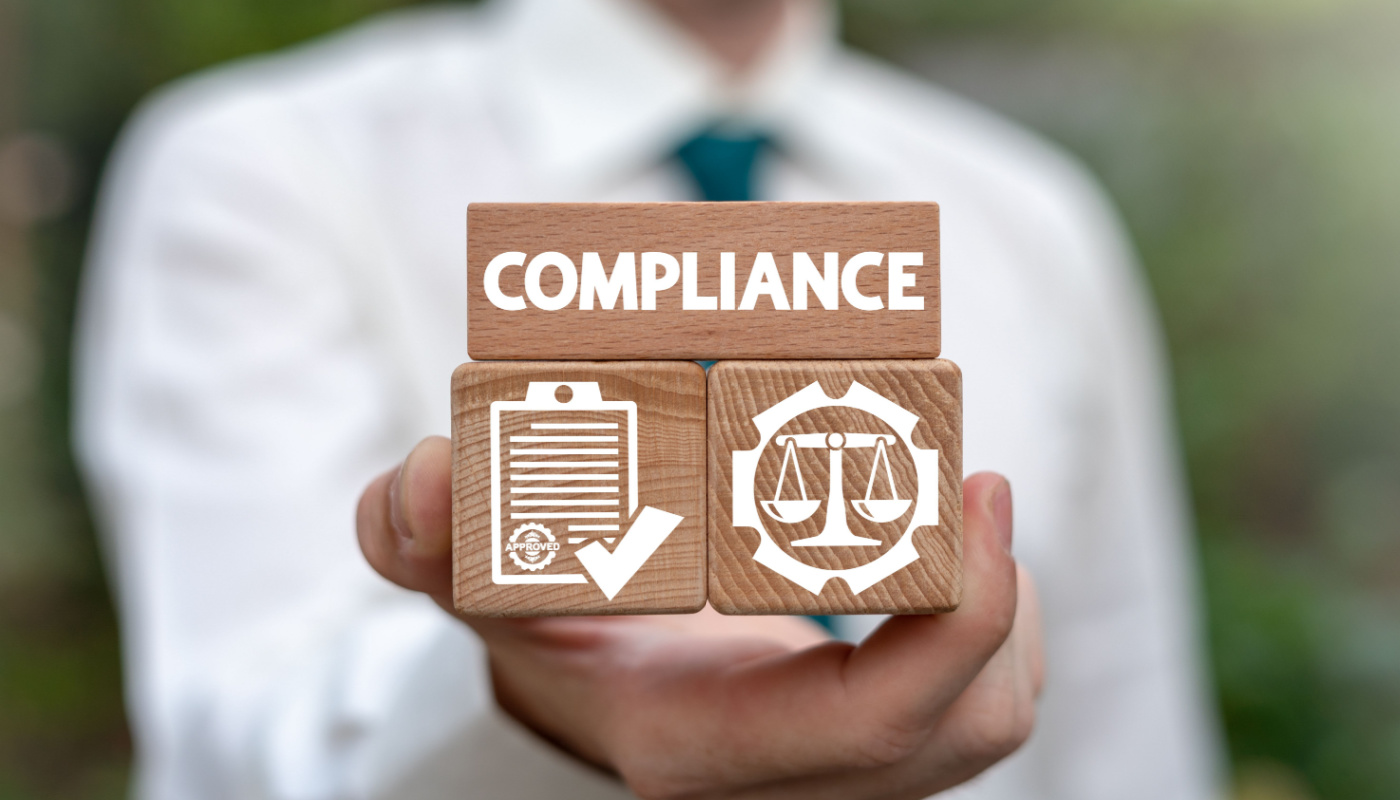Hot Topics in Compliance: Avoiding TCPA Lawsuits
When it comes to compliance, every company has two primary goals: Make sure they’re doing right by the customer and avoid any possible litigation. Fortunately, doing one typically means you are also achieving the other, as remaining in compliance with regulations—especially those set out in the Telephone Consumer Protection Act (TCPA)—will help you avoid lawsuits and prevent your team from ruffling customers’ feathers. Here, we’re focusing on three of the best practices that will help you avoid TCPA violations and thus steer clear of lawsuits.
- Document Everything
The easiest way to refute claims calling for litigation is to have written documents that you can produce proving that the claims are false—or at the very least, proving that you have taken all the proper and required steps to avoid litigation in the first place. That way, even if the complaints of some customers are valid, you can point to these documents to show that you’re doing everything you are required to do under the TCPA. These documents should include, but are not limited to:
- An internal Do Not Call (DNC) list
- Access to the National DNC Registry and individual state DNC registries and proof that you are using them to update your internal list
- Training documents that show that your agents are up to date on all TCPA-compliant best practices
- Reminders of national and state day, time and holiday restrictions
- Detailed procedures for when and how you are updating lead lists based on opt outs, reassigned numbers, etc.
- Consent procedures for any and all modes of communication
- Consent is King—Treat It as Such
Many TCPA lawsuits, especially class actions, revolve around consent and whether or not the company took the necessary steps to obtain clear and definitive consent from customers. That’s why these procedures need to be abundantly clear. First, as mentioned above, they must be in writing. Next, all modes of contact with customers must include a clear consent clause (this becomes even more critical if you are using an autodialer or pre-recorded messages as opposed to a real person calling each customer). Within this clause, there must be clear information about obtaining consent and how the customer can revoke it as well as any and all contact methods and/or third parties that the consent applies to. If applicable, it should also specify if this new contact supersedes any existing opt outs the customer may have completed in the past.
If your consent clause checks all these boxes and it appears in every communication with every customer, it will be difficult for litigation to proceed on any even ground.
- Be Careful with How You Use Your Dialer
Depending on the type of dialer you are using, the TCPA has different regulations for when and how you place calls or send text messages. If you are using an Automatic Telephone Dialing System (ATDS), or any system that generates calls or messages artificially and sends them to a large number of people at once, you must have express written consent to place those calls or send those texts to wireless numbers. But if you are using a peer-to-peer (P2P) system, which requires that each message be initiated by a person, you have a bit more leeway when it comes to obtaining express consent off the bat. It’s critically important to know what category your dialer falls into and to make sure you are following the regulations that apply to it.
Got questions about compliance? CallShaper can help! Contact us today to learn more about our cloud-based dialer and how it can help you avoid TCPA lawsuits.


Leave A Comment